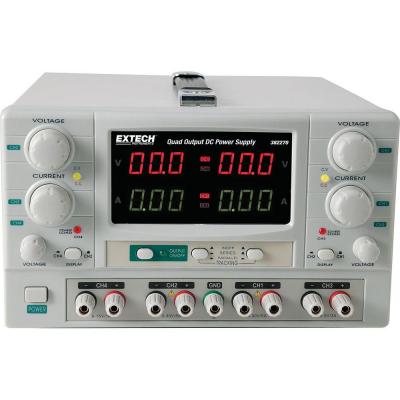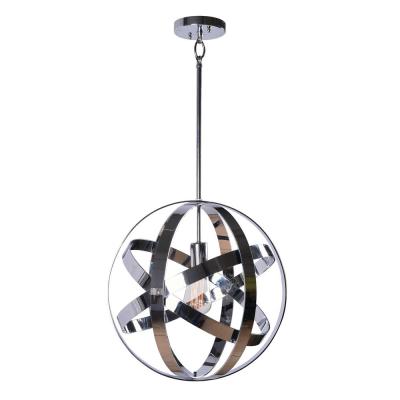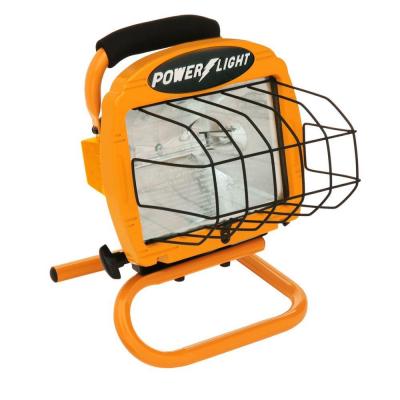Forum Title: metal halide fixtures
Hi,I have four 400W metal halide fixtures at my church that run off of 220V. All wires from each fixture are tied together in one junction box and one 220V line is run back to a photocell mounted on the building. Over the past 5 years since the lights were installed, we have had to replace lamps numerous times and ballasts numerous times as well. I thought you could expect 2 or 3 years out of your lamps and even longer for the ballasts. My question is what could be causing this? I will tell you that I noticed that the original electrician installed a 110V photocell and is only switching one leg of the 220V, so the lights are always getting 110V. Could this be causing the problems? Thanks for any input.
Category: General Electrical Discussion
Post By: Bertha Walters (Danton, ND), 03/23/2017
Welcome to the board. Ballasts is usually the last thing that goes on any type of fixture. I doubt the single leg switching will have anything to do with it unless the ballast or one of its leads were grounding out on something. Since the ballast replacement, how has the bulb life been since? I do not mean any disrespect for asking the simplist questions, your posts has very limited info and I am well aware of wiring in churches.Has the bulb been verified for proper mounting oriention?Has all the connections been check to ensure good connections and proper wiring i.e. proper voltage tap?Has the voltage at the fixture when the P.E. is closed been verified.Has the capacitor been tested?What it the open voltage at the socket?How long is the run from the panel? What size wire is it that runs out to the light?Has the been any adnormal power issuses in or around the Church?To the best of your knowledge of the bulb/failure rate, is there any corralation with the failures with the weather? For example, When it rainy or adnormally hot, is there a higher rate of failures?Is there any thing else on the circuit?I would definently slave a relay off the P.E. to switch both legs. Someone cold get hurt. details, details...
Heres a couple of things to check;Make sure the input voltage is matched to tap on the ballast.Ballasts frequently have multiple hookups (different wires or tabs to hook to)for different voltages,if the voltage coming in is 240 volt and its hooked to the 208 volt tap, or vice versa the input is 208 volt and tapped to the 240 Volt tap either situation will shorten lamp and/or ballast life.Check that the photocontrol (A.K.A. photocell or PEC)is hooked correctly, if the line and load wires are reversed, the PEC will stay closed (ON),all night,but will turn itself OFF and ON during daylight with the frequency of its time delay (PECs usually have a time delay of a couple of minutes to up to 10 or 15 minutes to stop car headlights and similar things from shutting them OFF).This will severly reduce life of lamps and ballasts.Make sure that there are no 120 Volt loads tapped off the switched line to the lights.With the other line live all the time,the 400 Watt lights will be in series with the 120 Volt load, and this can burn out lamps due to the starting electrodes in the lamps still trying to fire even though the input voltage is less than 1/2.(Odds are probably slim of that one but it is a possibility, I know several years ago I beat my head against a wall quite a bit before I figured out that was occuring at one of my customers businesses).Make sure the breaker is OFF to BOTH incoming lines before working on these fixtures,if only the PEC is OFF,there is still 120 Volts to the fixture.When just changing lamps,there is 120 Volts on the screw shell of the lampholder even with the PEC OFF,so if someone touched the base of the lamp when screwing it in, they could be shocked and/or seriously hurt.Chuck
THank you Chuck and Sparky for all of the info and things to consider. That is what I was looking for. I have the original electrician coming out in a couple of weeks with his bucket truck to check the ballasts and connections so that should answer most of Sparky's questions, but I just wanted to get some ideas of other things I can get him to check out when he is there. I did have a different electrician come out recently and he said they never switch just 110V. They hook a PEC to a lighting contactor and switch the full 220V, but he was going to charge me $2600 to change it out and change out all 4 ballasts. So before I swallowed that much, I wanted to get more info.Please keep the comments coming if anyone has other thoughts and I'll provide more feedback when I know more.Thanks again.Jason
Homeowner Resources & Services
Connect With Local Electricians In Your Neighborhood
- Mister Sparky in Tampa, FL
- Western Pa Chapter-Neca in Pittsburgh, PA
- Kenfield Electric in Ogallala, NE
- Francisco J Rodriguez Elec Svc in West Palm Beach, FL
- Canon Electric in Gretna, NE
- Duke Energy in Kings Mountain, NC
- L LG Energy Services in Odessa, TX
- Flynn's Electric Svc in Tahoe City, CA
- Wilson's Electric Solutions in Scottsdale, AZ
Talk To Technicians - Electrical DIY Help Center
See All
Blog With Local Electricians Near You
See All
-
Dublin, OH: Ambient lighting in a piano room or formal living space is the key note needed and piano lamps can make this room sing and make sweet music!
]]> Piano Lamps Sing and Make Sweet Music at Capitol Lighting! Ambient lighting i
-
Dublin, OH: Cordless Tools Recommended for Electrical Contractors
Cordless tools have been around for decades, but the technology is constantly evolving. They offe
-
Dublin, OH: Don’t DIY, Call an Electrician for Your Home’s Electrical Work
Doing it yourself can be a fun, satisfying experience, but if you don’t know what you are doing
-
Dublin, OH: Industrial LED Lights – How to Choose…
Converting over from Metal Halide or High Pressure Sodium to LED seems to launch all the marketing
-
Dublin, OH: 3 Effective Home Kitchen Lighting Ideas
If you are planning on renovating or sprucing-up your kitchen, it’s probably
-
Dublin, OH: A Modern Look at Antique Lighting
pursue electric lights. A Timeless StyleIn the post-Victorian era, brass chandeliers shimmered
Browse and explore items And Accessories
See All



